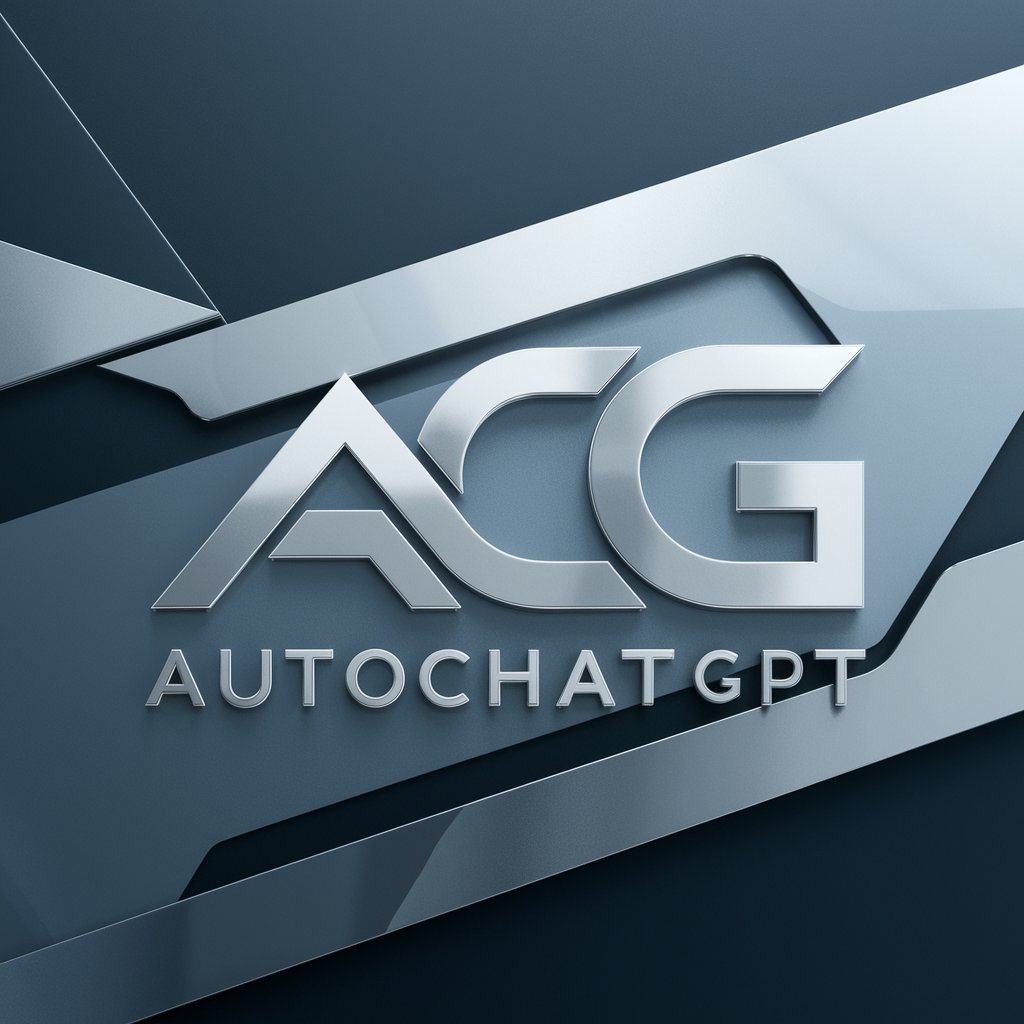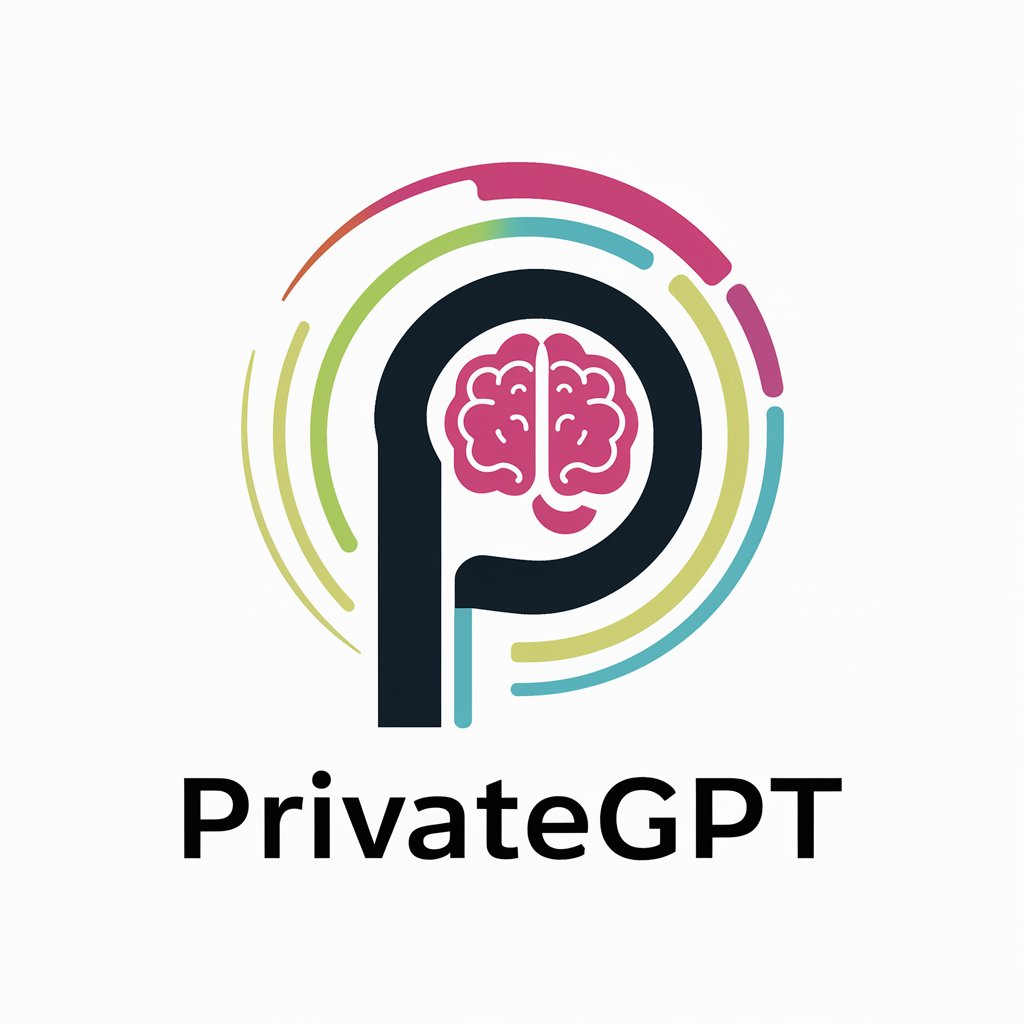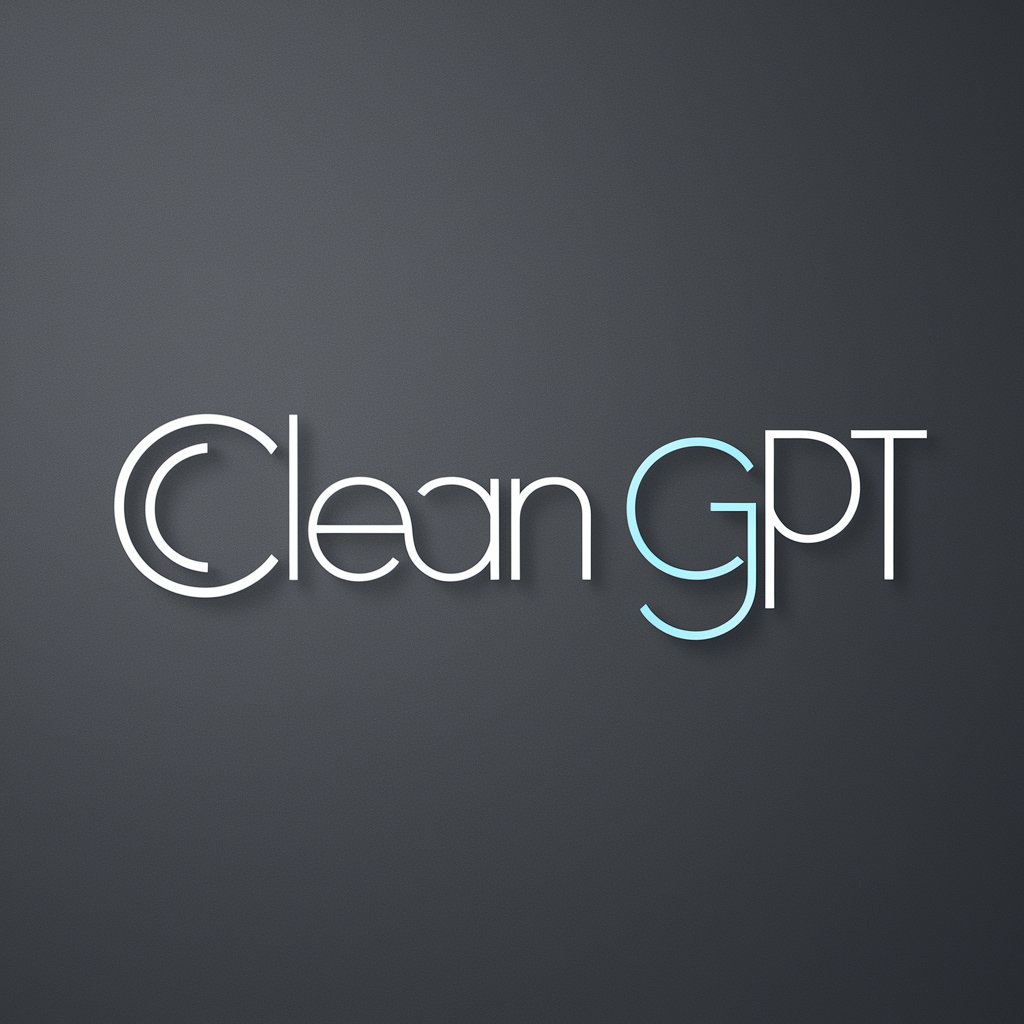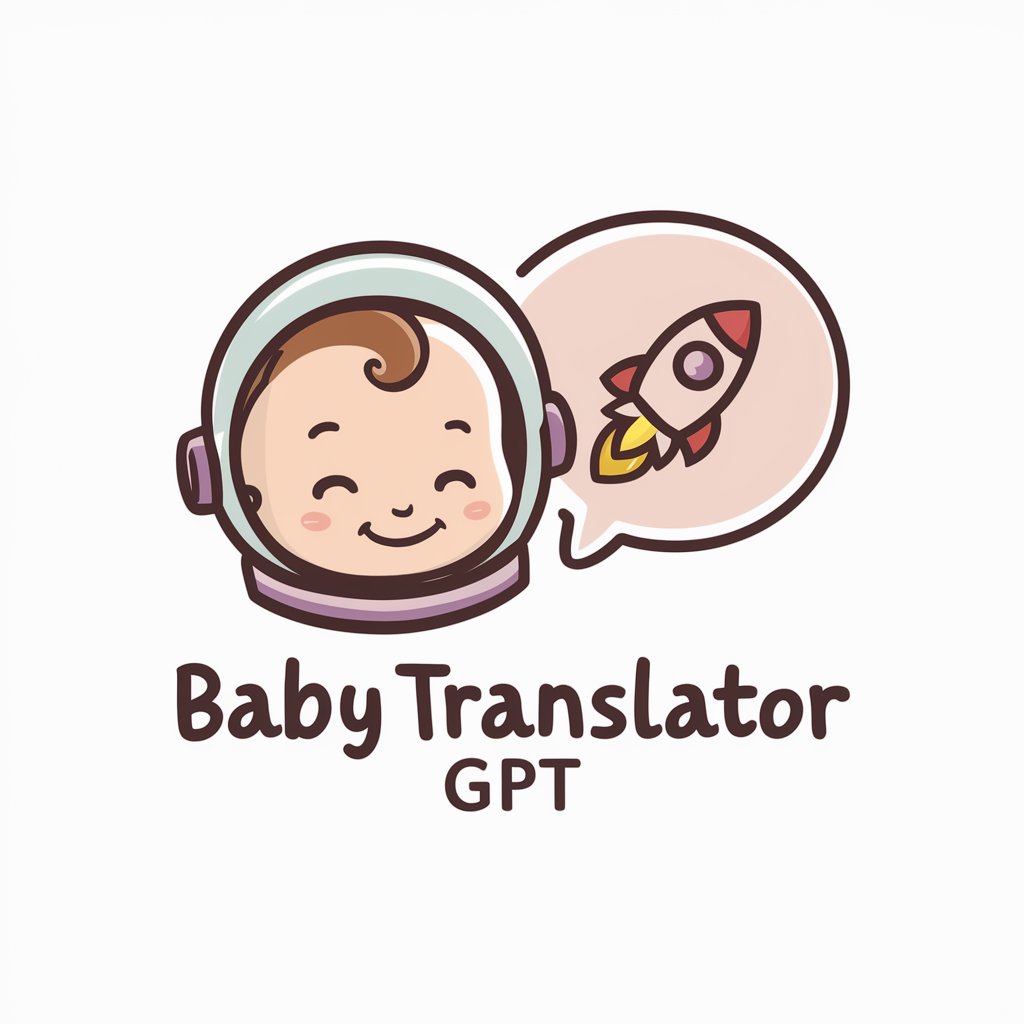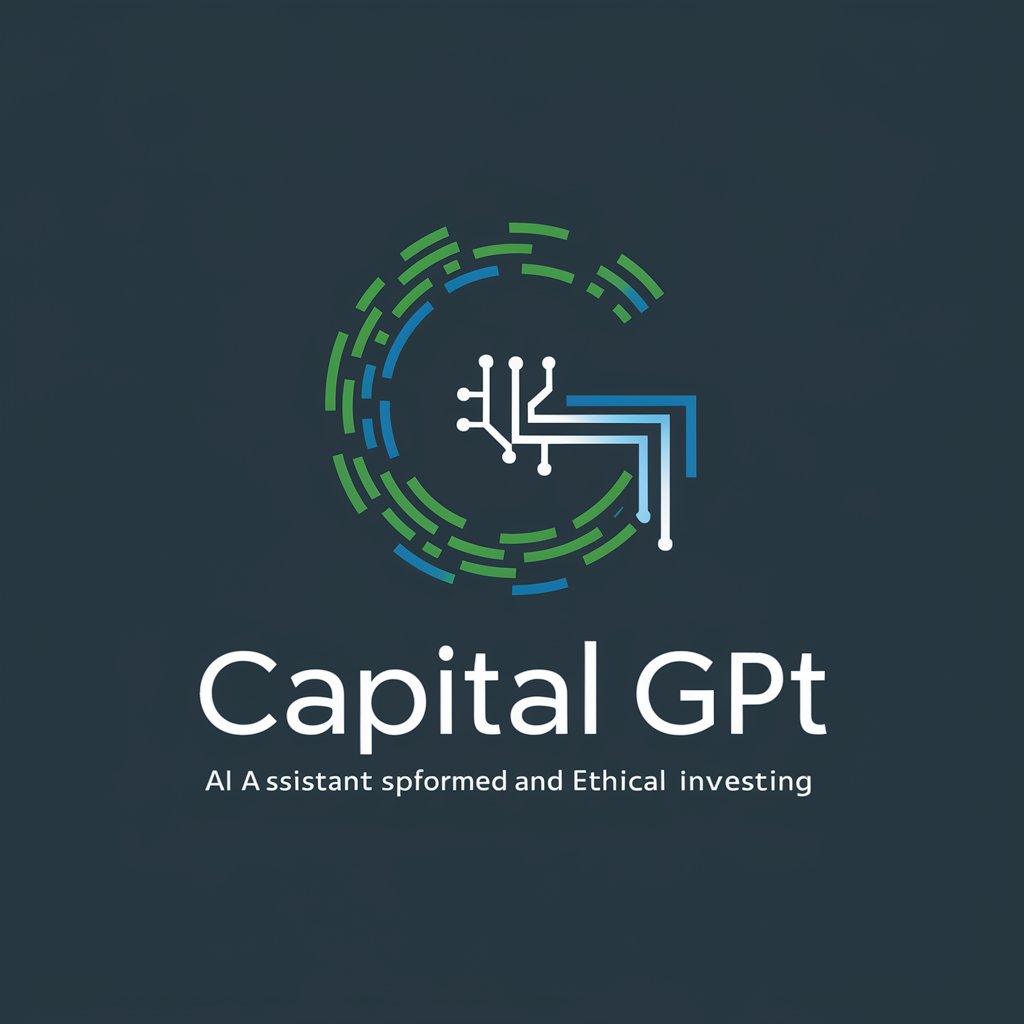
CleanGPT - AI-powered writing and research assistant

AI-driven tool for clear, accurate responses
Get Embed Code
Overview of CleanGPT
CleanGPT is a specialized version of ChatGPT designed with a focus on delivering precise, structured, and comprehensive responses tailored for clarity and depth. Its primary goal is to provide users with thorough, well-organized information across a wide range of inquiries, ensuring that answers are not only factually correct but also easy to understand. CleanGPT is built to minimize unnecessary introductions, extraneous text, and overly generic responses, making it ideal for users who require rich, actionable insights without any fluff. For example, when tasked with explaining complex topics such as financial modeling or scientific principles, CleanGPT breaks down the information into easily digestible segments, using real-world examples to clarify abstract concepts. Additionally, CleanGPT adheres to a structured response format, making it suitable for technical or professional environments where clarity, detail, and precision are critical. Powered by ChatGPT-4o。

Core Functions of CleanGPT
Structured Information Delivery
Example
When asked about project management methodologies, CleanGPT outlines various methodologies (like Agile, Waterfall, Scrum) and highlights their key features, differences, and use cases in a clear, organized manner.
Scenario
A project manager might request a comparison of Agile vs. Waterfall methodologies. CleanGPT would deliver a side-by-side comparison, explaining when each method is best suited, and providing examples from industries such as software development or construction.
Complex Problem-Solving
Example
For an inquiry on how to calculate net present value (NPV), CleanGPT would explain the formula, provide step-by-step guidance on how to apply it, and even include hypothetical numerical examples to illustrate the concept.
Scenario
A financial analyst seeking to evaluate a potential investment's profitability might ask for an explanation of NPV. CleanGPT would not only explain the theory but also walk through an example, such as calculating NPV for a real estate investment project.
Scenario-Based Learning
Example
If asked about cybersecurity threats, CleanGPT could provide different threat scenarios (like phishing attacks, ransomware, and DDoS attacks), describe how they unfold, and suggest preventive measures for each case.
Scenario
An IT professional preparing for a cybersecurity audit might want an in-depth understanding of potential attack vectors. CleanGPT would explain several attack scenarios, along with best practices for mitigating each type of risk.
Technical Guidance
Example
When asked how to set up a continuous integration/continuous delivery (CI/CD) pipeline, CleanGPT explains the steps, the necessary tools (e.g., Jenkins, GitHub Actions), and how to configure them for automation.
Scenario
A software developer tasked with automating deployment processes could consult CleanGPT for detailed, step-by-step instructions on setting up a CI/CD pipeline using tools like Docker, Jenkins, and Git.
Data Analysis Explanation
Example
For a query on regression analysis, CleanGPT explains linear and logistic regression, their differences, when to use each method, and provides example datasets with a walk-through on how to perform these analyses using software like R or Python.
Scenario
A data scientist working on predictive modeling might ask CleanGPT for a comparison between linear and logistic regression. CleanGPT would offer a detailed explanation, including how to implement these models in R or Python, along with example datasets.
Target Users of CleanGPT
Professionals in Technical Fields
Engineers, developers, analysts, and IT specialists benefit from CleanGPT's clear, structured, and detailed explanations of complex concepts, especially in areas like software development, data science, cybersecurity, and systems architecture. These users need in-depth, actionable insights without ambiguity, and CleanGPT is designed to deliver precise and well-organized responses for technical inquiries.
Students and Educators
CleanGPT serves students and educators who need detailed explanations, examples, and breakdowns of complex subjects. Whether it's explaining scientific principles, mathematical theories, or historical events, CleanGPT provides clarity and depth, making it an excellent resource for learning and teaching. This user group benefits from CleanGPT's ability to explain topics step-by-step, using scenarios that aid understanding.
Business Professionals
Managers, consultants, financial analysts, and marketers who need thorough insights into business strategies, financial analysis, project management, and market research find CleanGPT invaluable. These users require detailed, structured information to inform decision-making, such as comparisons of business models, financial forecasting methods, or market trends, all of which CleanGPT delivers in a concise, applicable format.
Researchers and Academics
Researchers in scientific, social, or humanities fields who need detailed, nuanced insights into their area of inquiry benefit from CleanGPT’s thorough explanations and data-backed insights. This group often requires clarity on complex topics or methodologies, whether it’s a deep dive into scientific theories, data interpretation, or the latest trends in research, which CleanGPT provides in a structured and research-oriented manner.
Individuals Seeking Clear Explanations
Non-professional users who want clear, detailed explanations on a wide range of topics—whether technology, science, finance, or general knowledge—appreciate CleanGPT’s ability to break down complex ideas into easy-to-understand language. These individuals may be curious learners, hobbyists, or those simply looking to deepen their understanding of specific subjects.

How to Use CleanGPT
1
Visit yeschat.ai for a free trial without login, no need for ChatGPT Plus.
2
Familiarize yourself with the tool's interface, ensuring you're aware of the customization options available for specific use cases.
3
Identify your primary objective (e.g., content creation, research, technical problem-solving) and input clear, concise queries to get the most relevant responses.
4
Make use of CleanGPT's advanced filtering capabilities to refine outputs—this helps in obtaining high-quality, context-aware results.
5
Review the responses, and if needed, ask for further clarifications or specific alterations to better match your intended purpose.
Try other advanced and practical GPTs
Gambling Surveillance and Investigators Assistant
AI-Driven Surveillance Redefined

Humanize my AI
Bringing humor to AI writing
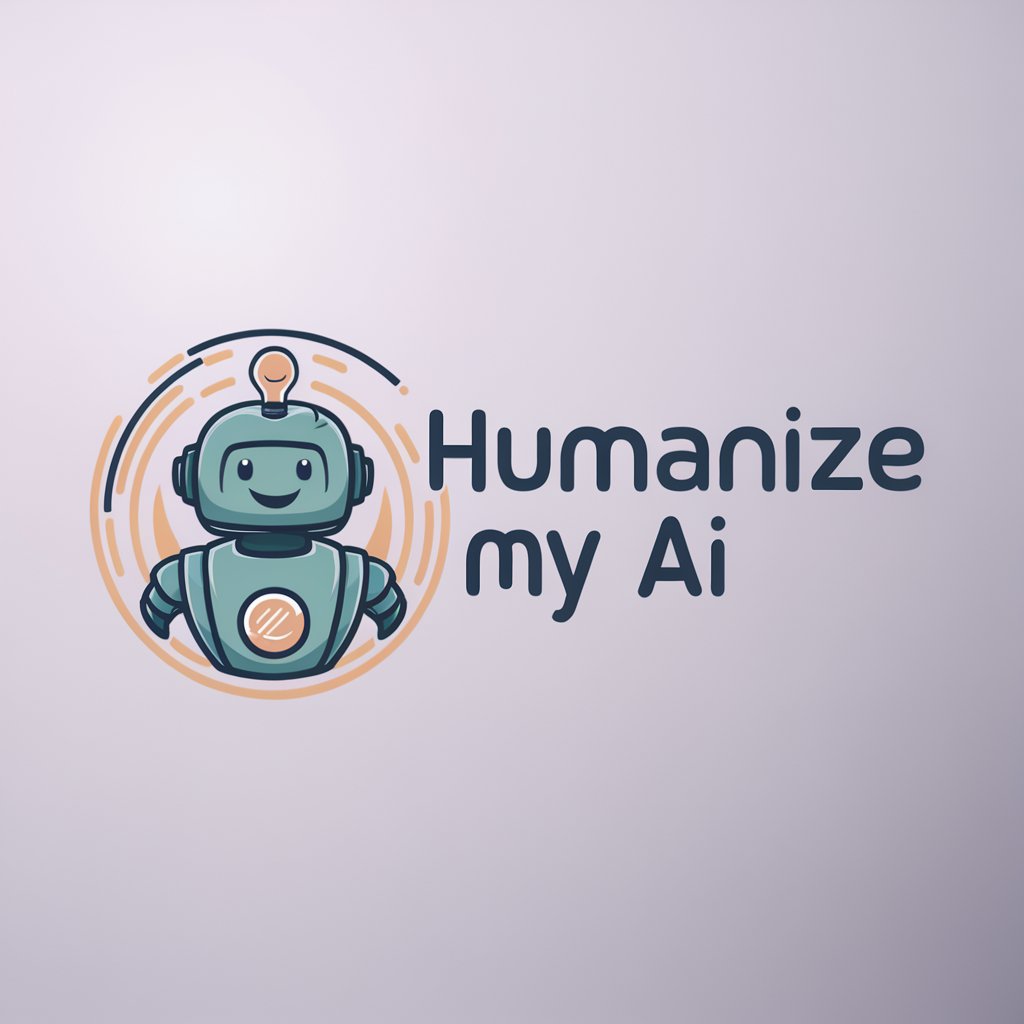
Security Design Expert
Designing Security with AI Precision
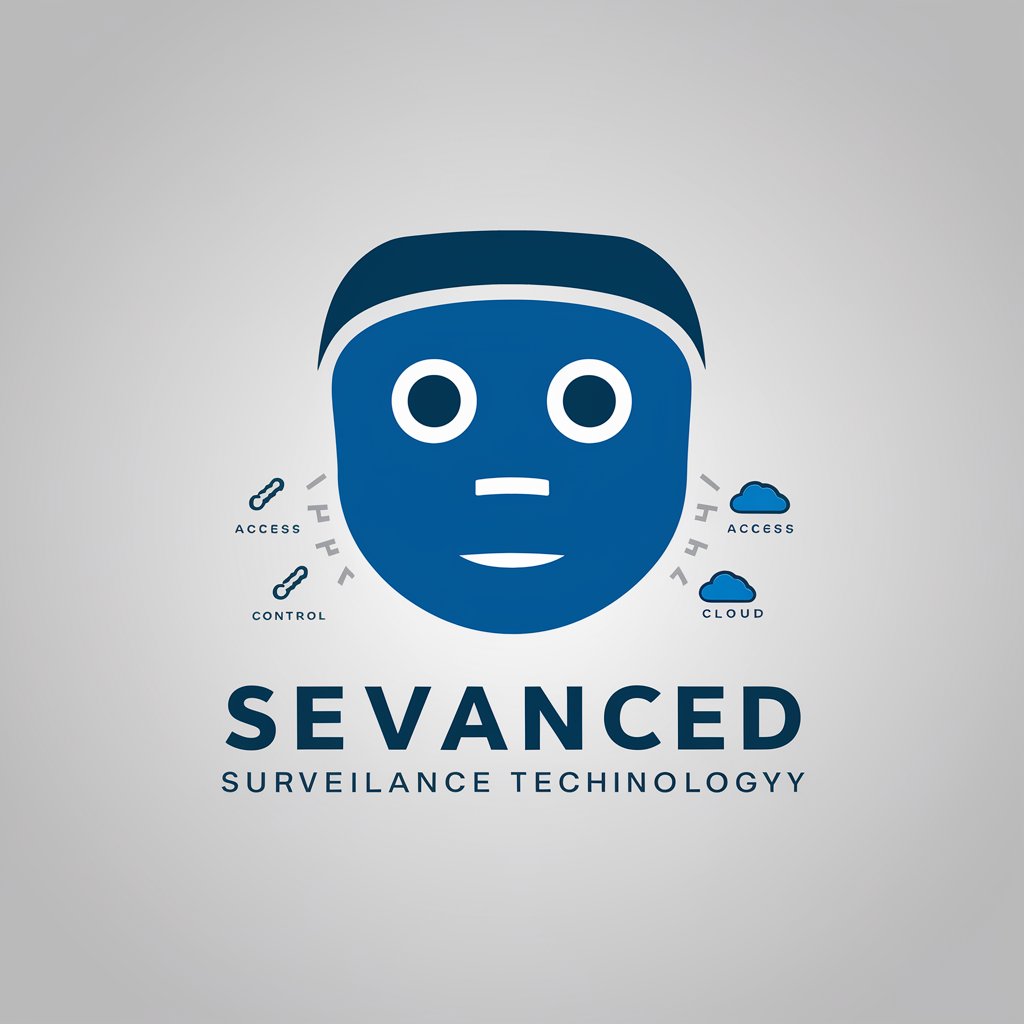
Disease Surveillance and Reporting System
Empowering Health Decisions with AI
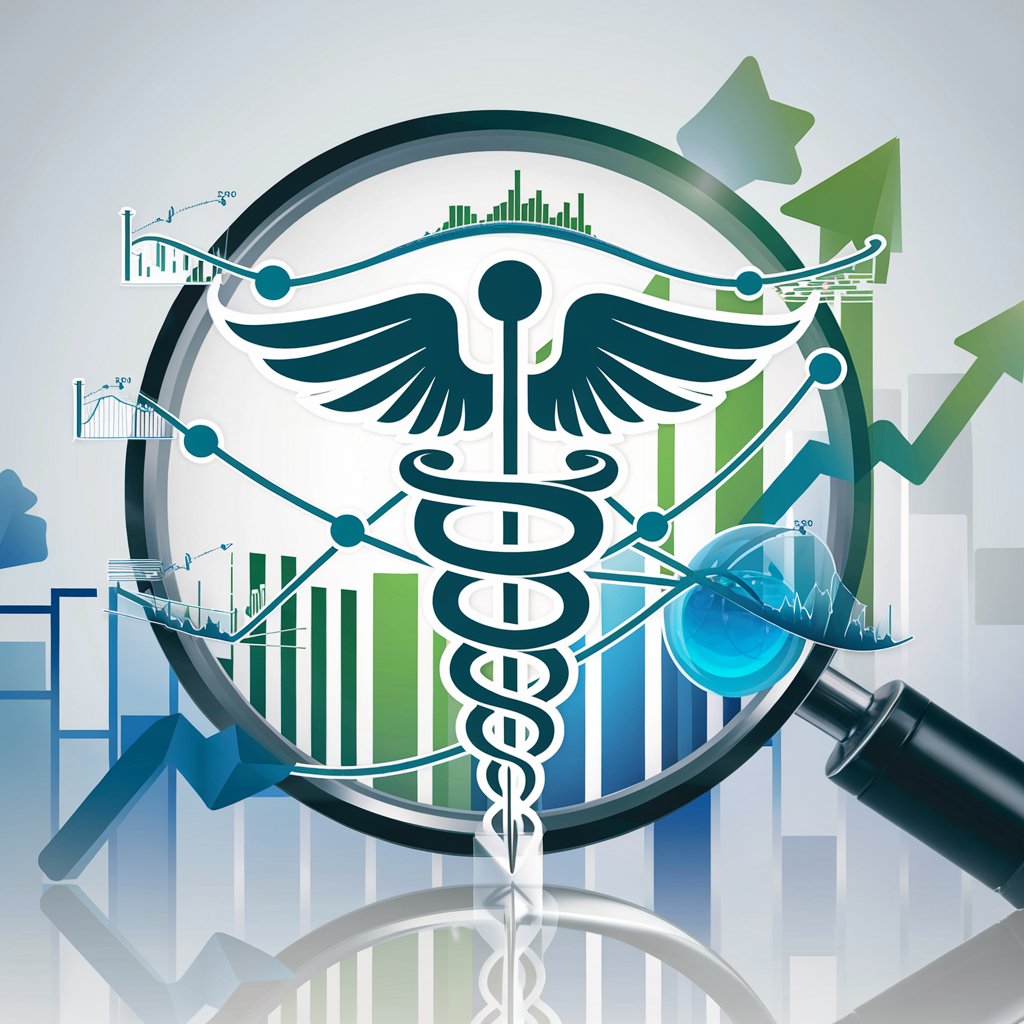
Benevolent Mother's Guide
Your AI-Powered Parenting Partner

2024 THEME TRENDS [CC®]
Harness AI for Future Trends
![2024 THEME TRENDS [CC®]](https://r2.erweima.ai/i/-WdsKFJ9RJesgHIPtA9myw.png)
Hacra
Empowering Unix/Linux Mastery with AI
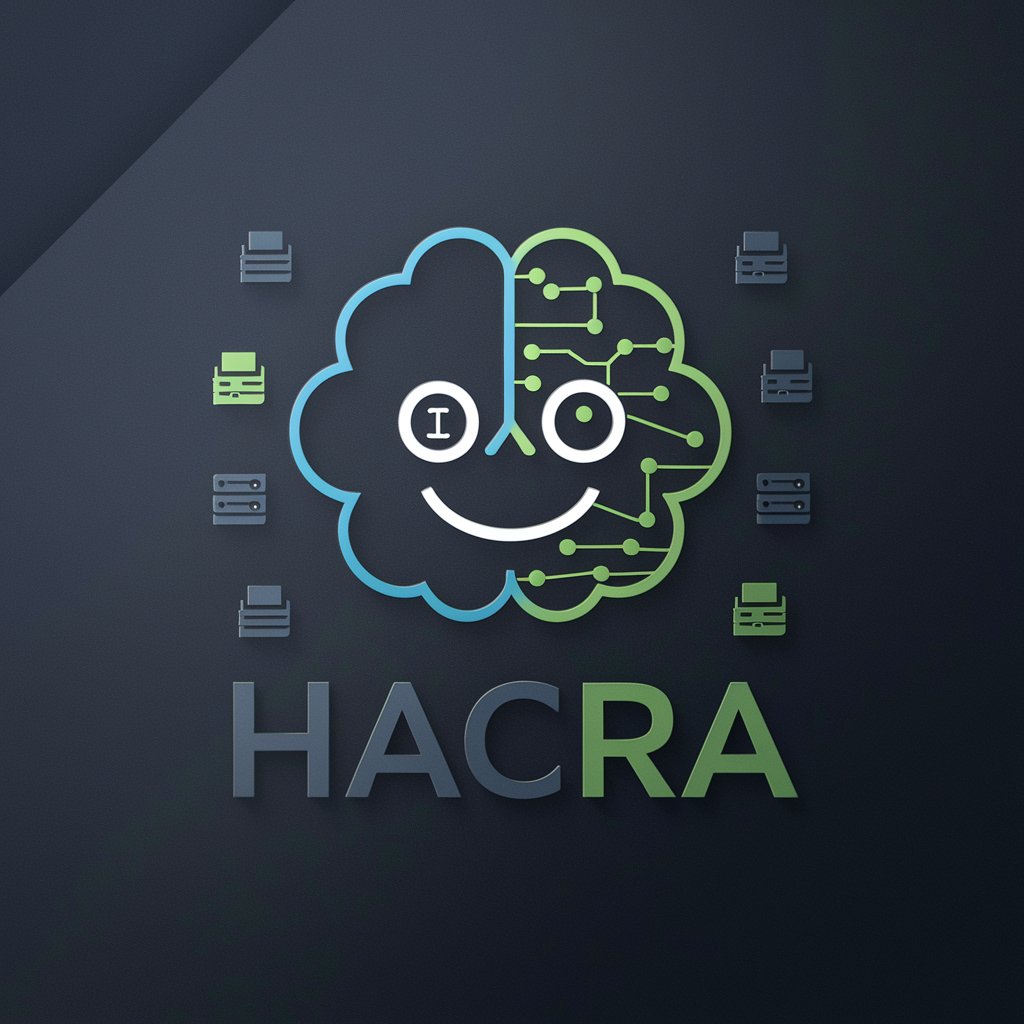
Big Racing Car News
Revving up Racing Analytics with AI

H4CK3RM4N
Elevate Your Code with AI-Powered Expertise
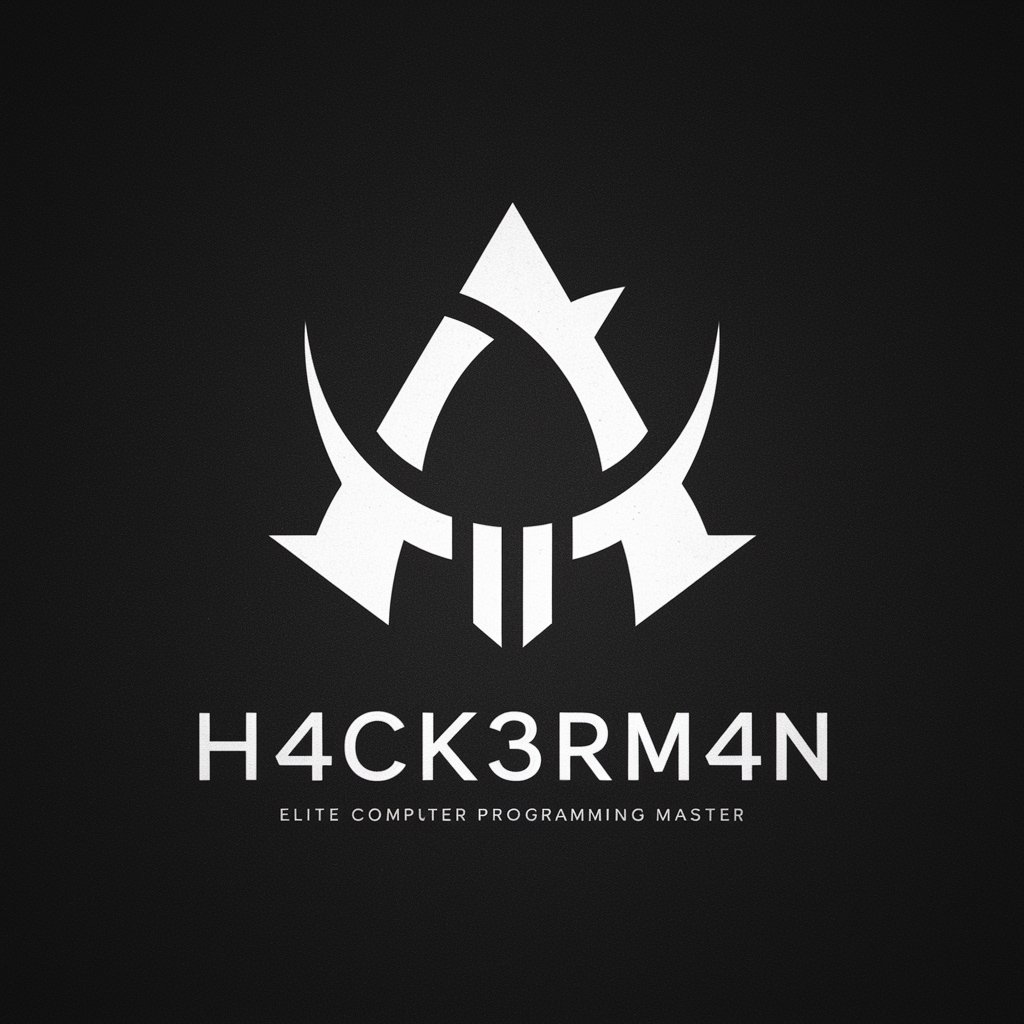
Bacon Linker
Discover Any Celebrity's Six Degrees

Narrativ Nexus
Bring Stories to Life with AI
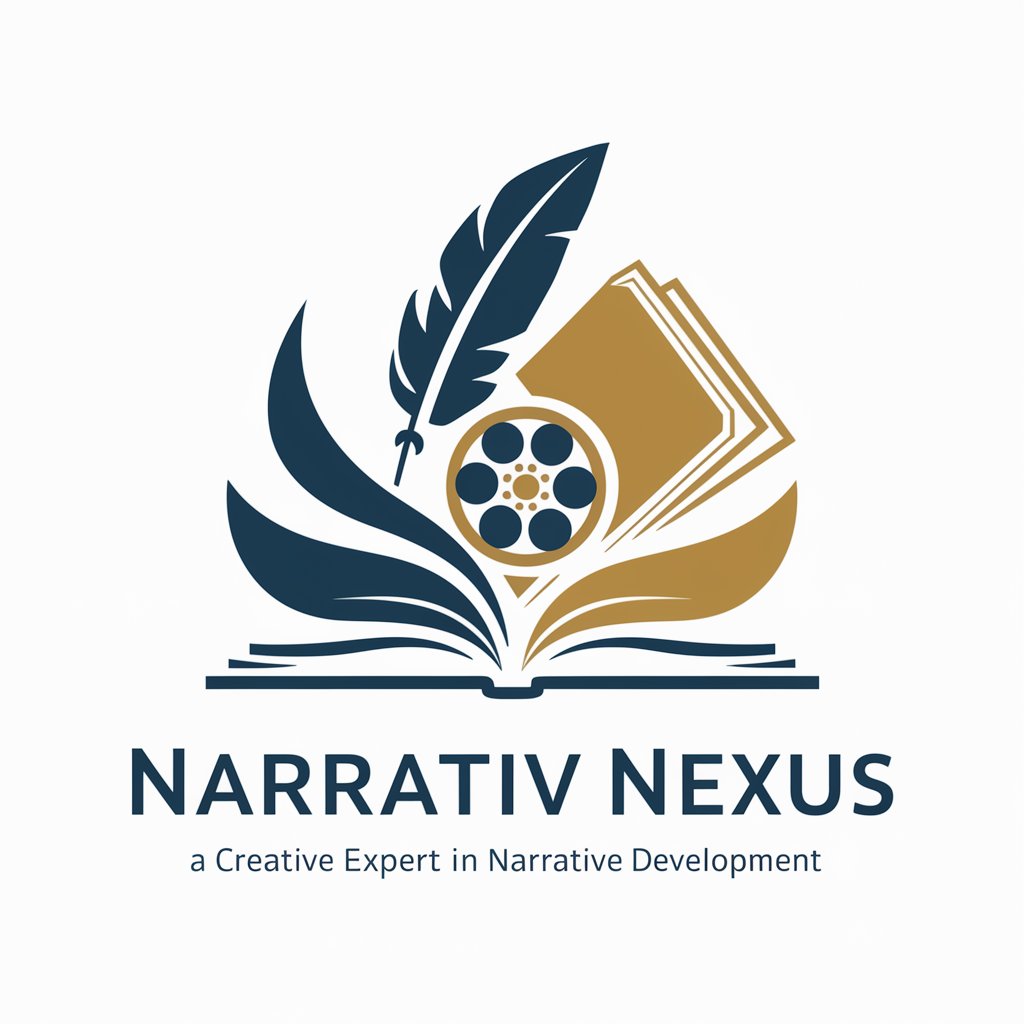
Java 8's Optional Mastery: Nulls Handled Smartly
Smart null management, powered by AI
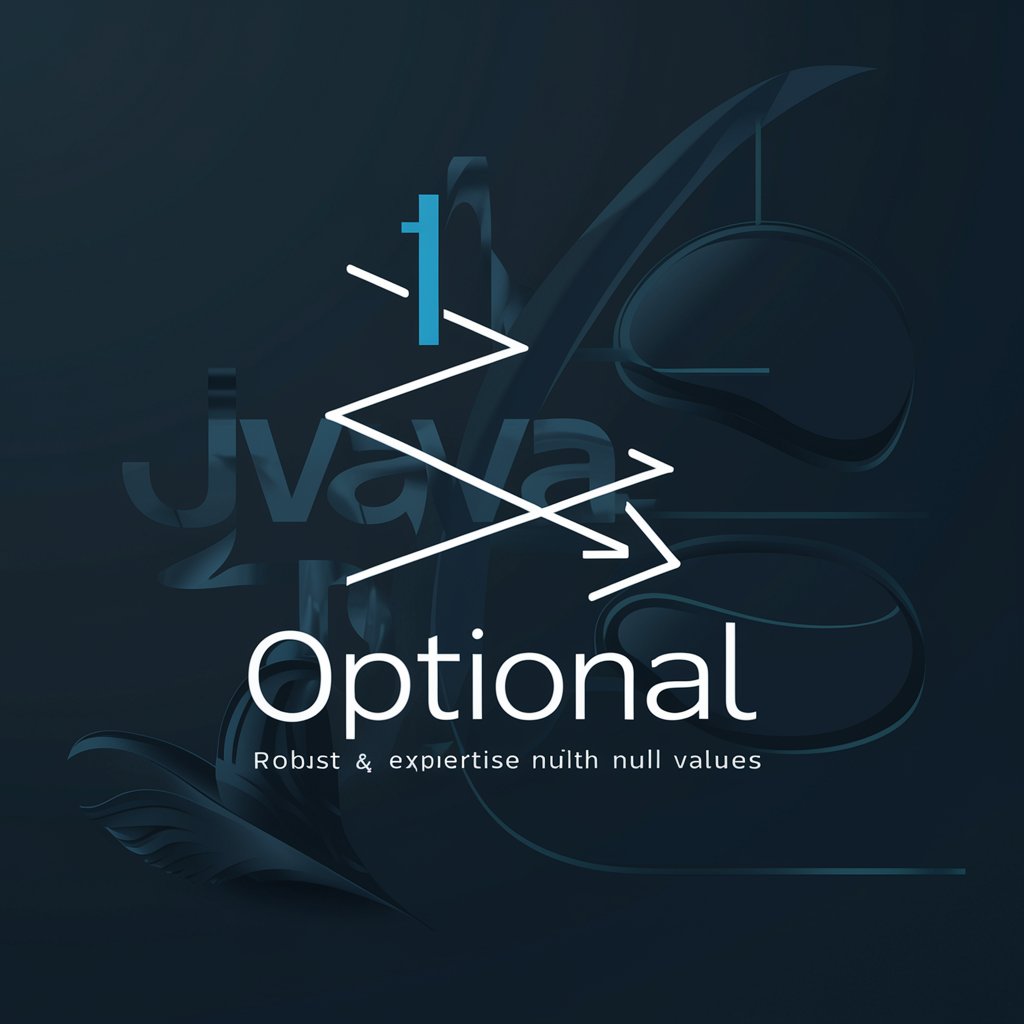
Top 5 Questions About CleanGPT
What is CleanGPT designed for?
CleanGPT is tailored to deliver clear, direct, and refined answers for a wide variety of user queries. It minimizes unnecessary information and focuses on giving highly relevant and detailed responses based on the user's specific needs.
How is CleanGPT different from standard GPT models?
CleanGPT prioritizes clarity, efficiency, and directness in responses. Unlike generic GPT models, it avoids long, generic introductions and unnecessary content, delivering focused and concise outputs while ensuring high-quality information.
Can CleanGPT be used for professional tasks?
Yes, CleanGPT is ideal for professional use cases such as research, content creation, report generation, and technical troubleshooting. Its output can be customized to match the tone and depth required for professional or academic applications.
Is CleanGPT suitable for academic work?
Absolutely. CleanGPT can assist with a range of academic tasks including research summaries, essay drafting, idea brainstorming, and generating structured academic content, while ensuring the information is accurate and clear.
What are some tips for using CleanGPT effectively?
To get the best results, always be specific with your input. Tailor your queries based on your goal—whether it's content creation, fact-checking, or creative writing. Use follow-up questions to refine responses, and always review the outputs to ensure they align with your needs.
